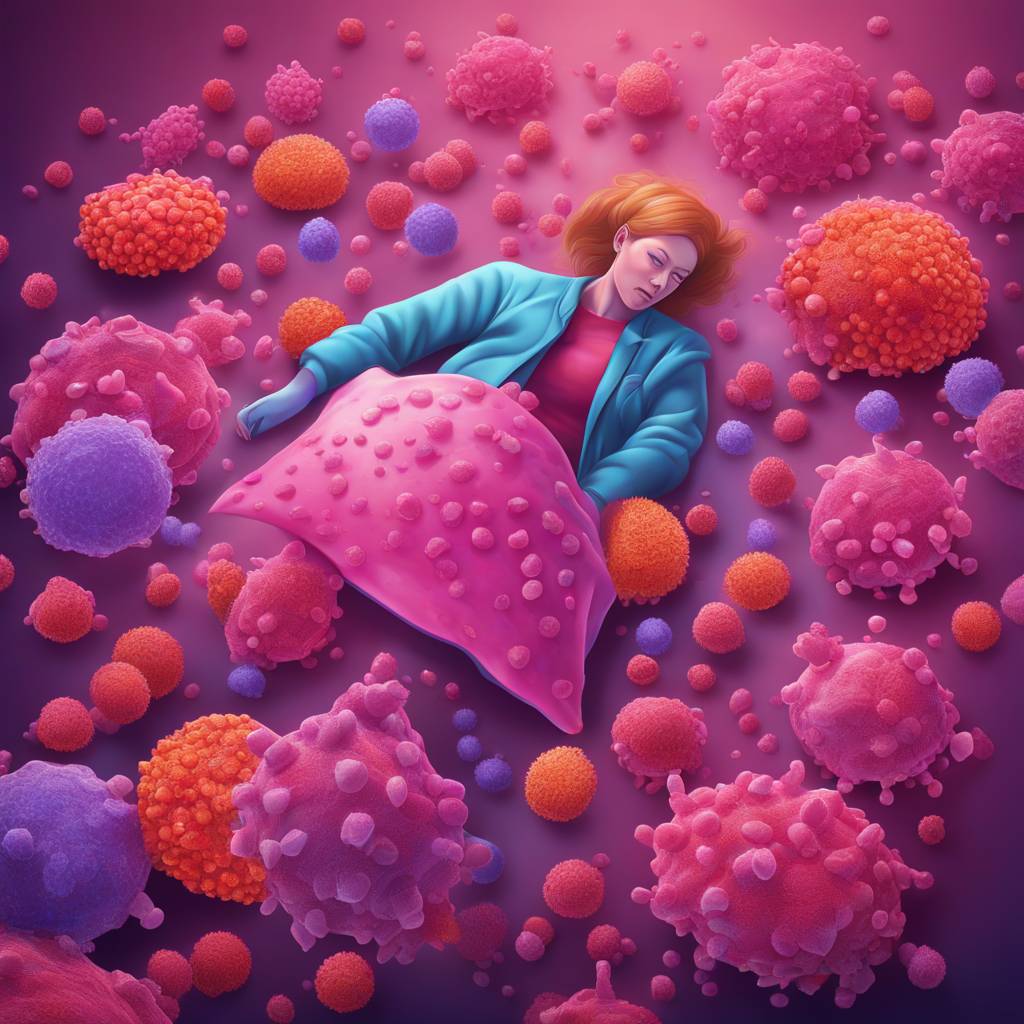Research has shown that people carrying BRCA1 and BRCA2 gene mutations have a high risk of developing breast and ovarian cancer. Changes in immune cells in the breast tissue of carriers of these mutations have been observed before the development of breast cancer, leading to the possibility of early intervention to prevent the disease. Existing drugs approved for late-stage breast cancer treatment could potentially reactivate faulty immune cells and maintain healthy breast cells. Successful results in mouse models could lead to clinical trials in human carriers of BRCA1 and BRCA2 mutations.
A study by the University of Cambridge has created a comprehensive catalogue of human breast cells, revealing early cell changes in healthy carriers of BRCA1 and BRCA2 gene mutations. These mutations increase the risk of breast and ovarian cancer, and immune cells in the breast tissue of carriers show signs of malfunction called ‘exhaustion’. This exhaustion prevents the immune cells from clearing out damaged breast cells, which can progress to breast cancer. This is the first time exhausted immune cells have been observed in non-cancerous breast tissues, opening the potential for using immunotherapy drugs as early intervention to prevent breast cancer in carriers of these mutations.
The researchers have received a ‘Biology to Prevention Award’ from Cancer Research UK to trial the preventative approach in mice. Testing in mice is necessary to determine safe dosages of existing drugs since they have severe side effects. If successful, this could lead to a pilot clinical trial in women carrying BRCA gene mutations. Professor Walid Khaled from the University of Cambridge’s Department of Pharmacology expressed excitement about the findings, as it presents a non-invasive preventative treatment for carriers of BRCA gene mutations. Risk-reducing surgery can be a difficult decision for women at risk of breast cancer, and early intervention could provide an alternative approach.
The Human Breast Cell Atlas created by the researchers contains detailed information on breast cell types and their changes with different risk factors like BMI, menopausal status, and alcohol consumption. Understanding the changes in breast cells with various factors like pregnancy and age can contribute to improving breast cancer treatment. Breast cancer is a complex disease with multiple genetic variations leading to its development, and it interacts with various risk factors in intricate ways. The study aimed to characterize different cell types in the human breast under various physiological states using single cell RNA-sequencing to understand how these risk factors interact.
Breast cancer affects people worldwide, but social inequalities can impact access to treatment. Prevention is considered the most cost-effective approach, addressing inequality in low-income countries and improving disease outcomes in high-income countries. By understanding the early changes in immune cells in carriers of BRCA gene mutations and the potential for preventative treatments using immunotherapy drugs, the researchers aim to offer a non-invasive approach to preventing breast cancer. The Human Breast Cell Atlas created by the study provides valuable information on breast cell types and changes with different risk factors, contributing to a better understanding of breast cancer development and the impact of various risk factors on treatment outcomes.













